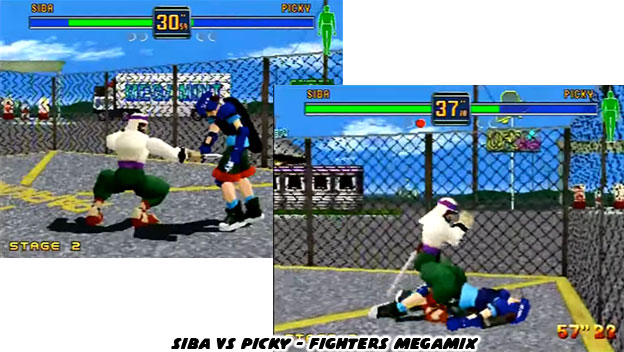
It seemed difficult to get accurate Arabian representation in an arcade fighter. At the same time home consoles did not fare any better. Aside from Siba in Fighter’s Megamix there was the character Abdul in Fighter’s Destiny. This was a title exclusive to the Nintendo 64. The console was not really known for their deep 2D or 3D fighting game library. The title from 1998 was developed by Genki, and Opus Corp. In Japan it was known as Fighting Cup. Abdul was a mix of multiple “exotic” elements. Physically he was the chubby, yet muscular character that we had come to expect from Arabian mythology. Turban, vest, genie pants, and curly-toed boots. It was another caricature of Middle Eastern wear. The developers even leaned into his ethnic origins as his full name was Abdul Jabbar. This was a traditional Muslim name which translated to “Servant of the giver / compeller / god.”



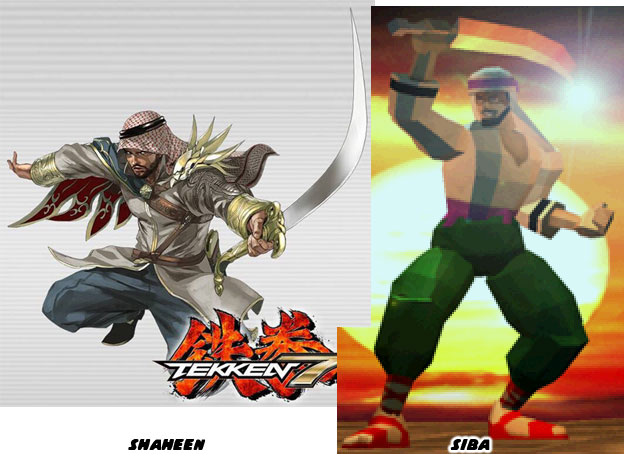
Although to be more accurate, the look of Shaheen was based on a real person. It wasn't a martial arts expert though, not someone like Palestinian Nizar Taleb or Lebanese Walid Kassas. Nor was it a modern MMA fighter like Jordanian Hashem Arkhagha. The person that inspired Shaheen was a model named Omar Borkan Al Gala. This was a man whose good looks were cause for concern. The rumors were that religious clerics in Saudi Arabia were concerned that he was giving women impure thoughts and he had to be deported to Canada. He was a big draw wherever he went and was even a celebrated model in Japan. There was no doubt that some of the team members at Namco remembered this figure.
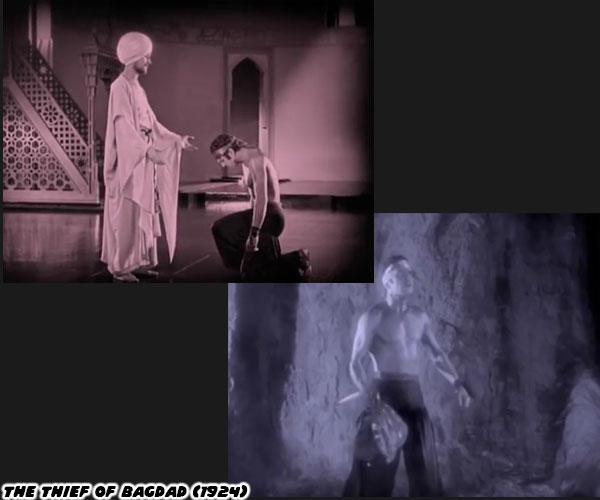
When it came time to introduce a Middle Eastern fighter into Tekken then they decided he should be based on the popular model. I didn't really have a problem with Shaheen except that he lacked an actual Arab striking art. I was more concerned that in the modern crop of fighting games looks greatly determined how a character would be perceived. If you wanted to state an opinion about a minority you could make them fat and ugly. If you wanted to show favoritism you could make them handsome, or in the case of female character you could sex them up. The concept of beauty was something defined by society. What the west and east saw as attractive differed greatly. I was Mexican and not Middle eastern, not that it mattered because I was brown-skinned and brown-skinned people were always being told what beautiful looked like on TV. Dark skinned people wre rarely seen on TV or in games.
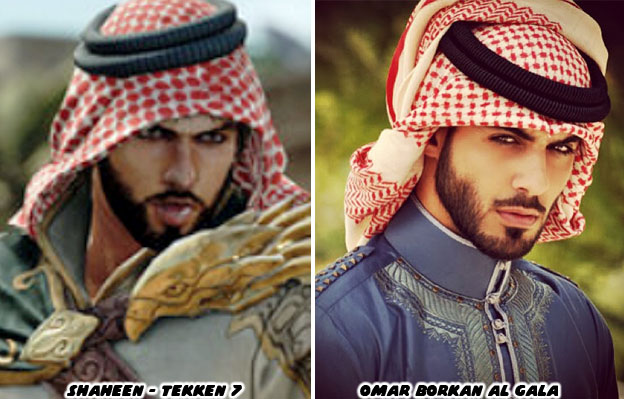
While growing up I was aware how minorities and other cultures were being represented in pop culture. I grew up reading the myths from different nations, watching the films on TV. The Arabian heroes had been presented many times by many different studios. I did pay attention whenever the heroes of a movie had dark skin and dark hair. They were the opposite of the blonde haired, blue-eyed heroes I was told to idolize in comics and cartoons. Mind you I'm a huge fan of Captain America but just a hint of representation went a long way as a kid. The stories from Arabia always seemed to have the largest cast of dark-skinned people. They were always going on the most wonderful adventures. I was always saddened when the minority actors played villains in the films. As I grew older I learned to appreciate their contribution. Anna May Wong was the servant and a spy in the Thief of Bagdad.
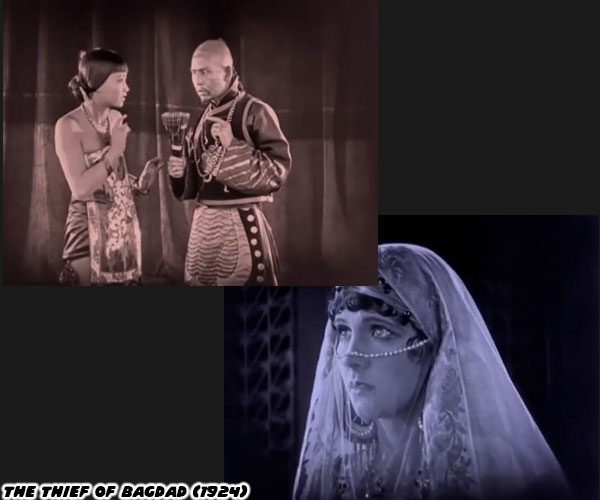
I was a kid when I saw the silent film on a TV marathon, and couldn't help but notice how beautiful she was. Audiences were supposed to be awe-struck with the Princess that Julanne Johnson played but she had nothing on Anna May. It turned out that Ms. Wong was one of the first major Asian actors in Hollywood. She was someone that never settled for a stereotypical role, never spoke in broken English and instead let Hollywood hang itself with their appropriation films. I was even younger when I saw Caroline Munro in the Golden Voyage of Sinbad. She had the most beautiful bronze skin and dark hair. I'm pretty sure that was the moment when I became a life-long fan of the Sinbad films. I would hear things like blondes Marilyn Monroe, Jennifer Anniston and Calista Flockhart were the most beautiful actresses of their era, yet in my mind they couldn't compare to Caroline or Anna May. Could a non-Western ideal of beauty ever be seen in a game? Could there be a dark-skinned character in a fighting game that transcended sexiness?
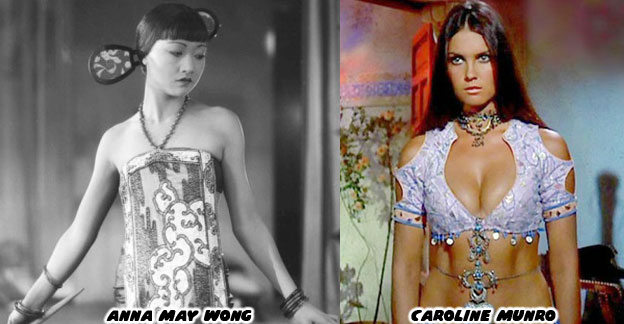
Almost 20 years before Shaheen there was another fighter from the Middle East. The pioneering 3D character was actually a female. It turned out that Street Fighter had the first Arab fighter to be featured in an arcade 3D release. To be specific the game was Street Fighter EX, a title from 1996 that was developed by ARIKA and published by Capcom. This game would be the last title created by the majority of the people that worked on the Street Fighter II. The studio wanted to create a cast of new international stars to compliment the original "World Warriors." Pullum Purna (sometimes written as Puruna) was introduced as a contemporary to Chun-Li. The fighter was actually one half of a compliment to Chun-Li, the other was Pullum's friend and the first MMA fighter in the Street Fighter universe, Blair Dame. I had talked about these designs on an earlier blog. Pullum was a strong character that had many things going for her. Representation was as important to audiences then as it was now. Introducing a character from a different nationality always brought risks with it. What fighting style would they represent? How would they look, how would they move, what was their story? Would audiences accept them? Making a new character female was doubly challenging. We would like to think that gaming was diverse but we know there were far more male leads than females, especially in fighting games. When it came to females they were almost all hyper-sexualized figures.
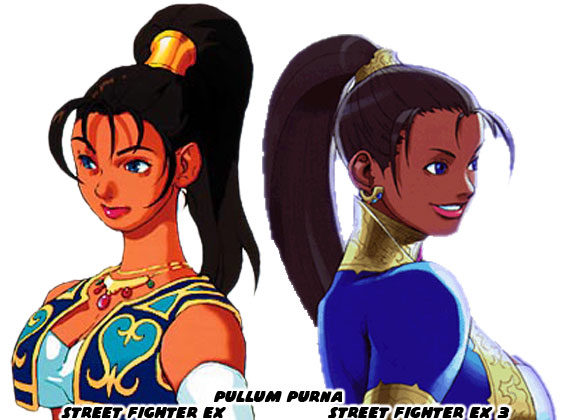
Pullum was absolutely modest when compared to Sadira, the Persian fighter introduced in Killer Instinct. The 2013 game by Microsoft Studios was a remake of an arcade fighting classic by Rare. The original title featured a large number of black, Native American and mixed-ethnicity characters. Sadira was a sexy character and an assassin to boot. Her inclusion in this new game was in part to help diversify the cast but also to perpetuate the types of sexy fighters that the west seemed to favor. Her costume and appearance may have been inspired in part by the uniform worn by Altair in Assassin's Creed. She may also have been a counterpoint to the sexy female ninjas in the Mortal Kombat series as well. Women in the Killer Instinct had always been very curvy, fan-service-type characters. Sadira was no different, except for her country of origin made her a standout for this blog.
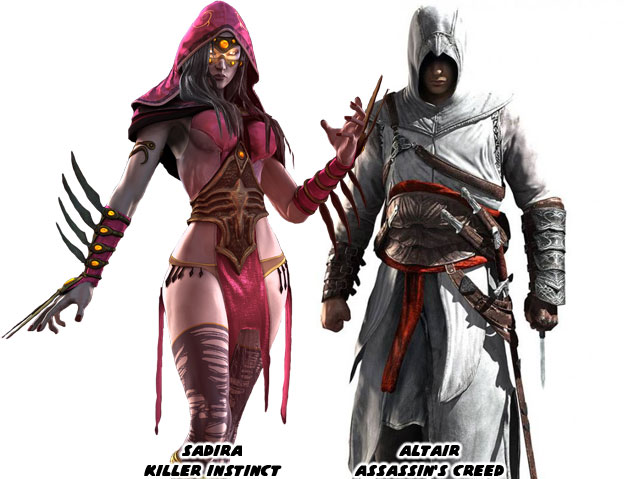
Pullum was a different type of character though. While her costume showed off some skin it was not far removed from the costumes worn by the heroes in legend. It certainly was not more revealing than the costumes of the female leads in Arabian Fight or Arabian Magic. Pullum had a series of unique tumbling kicks and sweeps that hadn't really been used by many characters. She also had a few special takedowns that were a unique mixture of wrestling and MMA. I think the most striking thing of Pullum and her bodyguard Darun Mister was their skin color. They were both presented as dark and proud. In fact the design of Pullum changed slightly as the series progressed. She matured a little and her skin color actually got darker. This was the opposite of what happened to Vanessa Lewis, a black female Vale Tudo striker introduced in Virtua Fighter 4. The 2001 game was met with a lukewarm response from audiences. The graphics got better but the gameplay mechanics lacked the spark of a title like Street Fighter or Tekken, but that's an aside. The next time players saw Vanessa in Virtua Fighter 5 they could see something had definitely changed about her. Many assumed that she was lightened considerably because Japanese audiences did not find dark skin attractive.
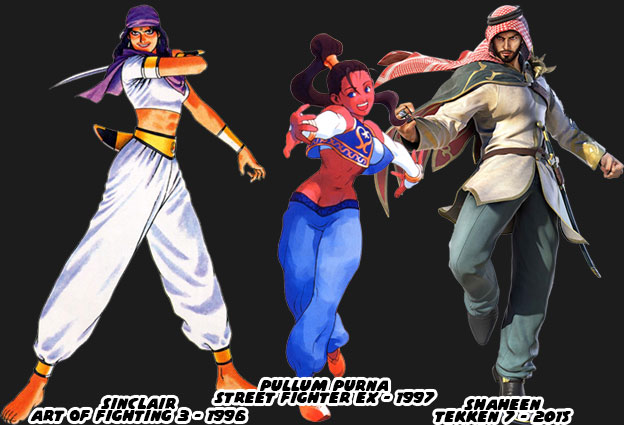
The Middle Eastern fighter had become a part of the genre in the '90s but they were relegated to a classic costume. Characters from other nations, Japanese, American and British for example were allowed to wear more contemporary clothing. A good portion of the King of Fighters cast for example wore street clothing. It was as if designers lacked the confidence to say a character was from Egypt, Iran or Persia, unless they also put them in a storybook costume. Japanese developers were not the only ones that were guilty of this. Despite what could be construed as misrepresentation, it was nice to see dark skinned characters in fighting games.
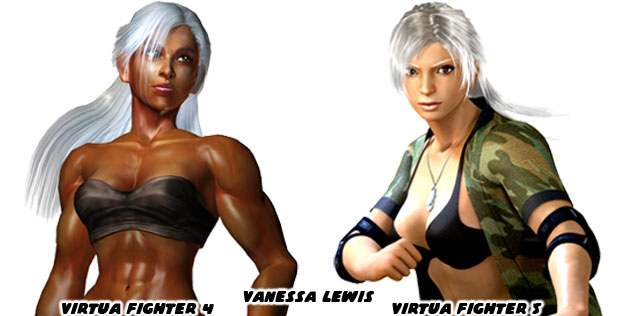
Here is where I have to stop momentarily and talk about the game players that were offended by Capcom removing the shot of R. Mika's butt slap in Street Fighter V. As of this writing there are almost 8,000 signatures on Change.org claiming that Capcom is performing self censorship and that gamers will not buy a game that is censored in any way. Not too far removed is a petition with almost 7,000 signatures as of this writing, saying that Western gamers are in support of Japanese developers and they shouldn't alter their content for Westerners with delicate tastes. The goal in part is to get Dead or Alive Xtreme 3 (a bikini-centric game featuring the DOA girls) released in the USA and to get Capcom to put the butt slap back into Street Fighter V. Where all that outrage was when minority characters were whitewashed by Sega? I mean if game players do not want the producers to alter their vision because of some delicate tastes then why not make it an international rule? Why not tell the Japanese that dark skin is beautiful and belongs in Virtua Fighter? Do these people realize that the Japanese change course on a game, feature or character without ever taking western opinions into consideration?
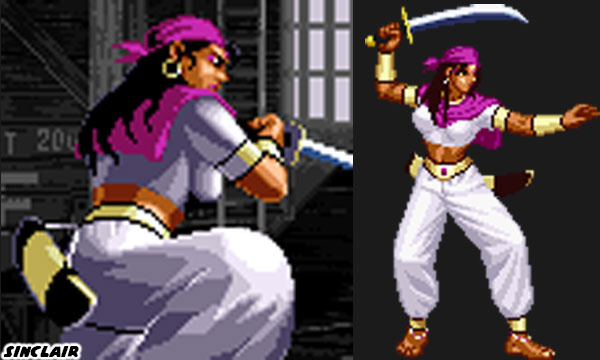
I mean if the Japanese were concerned about what the USA thought do you really think Rufus would have made it into Street Fighter IV? Do you think they ran Hakan past a group of Turkish kids before he was added to the series as well? If the people in favor of the petitions would stop for a moment and just think about how women are depicted in games they might think twice about signing. These things have less to do with censorship as much as they have to do with control. How women are represented in gaming and to a larger context how minorities are represented is a real problem. This has nothing to do with censorship or altering a creative vision. You have to be included in the discussion before you can be silenced. Right now women and minorities do not have a seat at the table.
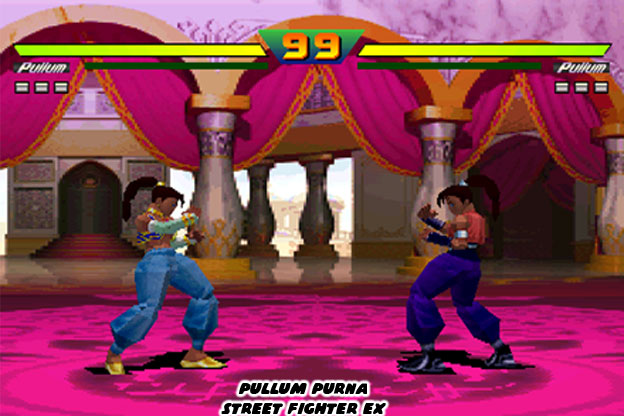
But I digress, Pullum Purna and Darun Mister were a refreshing change of pace for the genre. The fact that ARIKA had chosen two dark skinned characters, from South Asia and the Arabian Peninsula to balance out the cast was very progressive. These characters were never whitewashed. These were not fat and ugly caricatures like Karnov, they were not even stretchy-limbed cartoons like Dhalsim. There was a sense of realism to their designs, no fire breathing special attacks here! Sincerity was something that made the Street Fighter EX cast unique. The designers at Capcom and ARIKA were not making fun of a culture as much as they were celebrating it. The Middle East could produce interesting characters that did not necessarily rely on trope to sell. The question was whether the new Middle Eastern character added to Street Fighter V would be based on stereotypes or not. The next blog will look at this figure. As always if you enjoyed this blog and would like to sponsor me please visit my Patreon page and consider donating each month, even as little as $1 would help make better blogs and even podcasts!

No comments:
Post a Comment